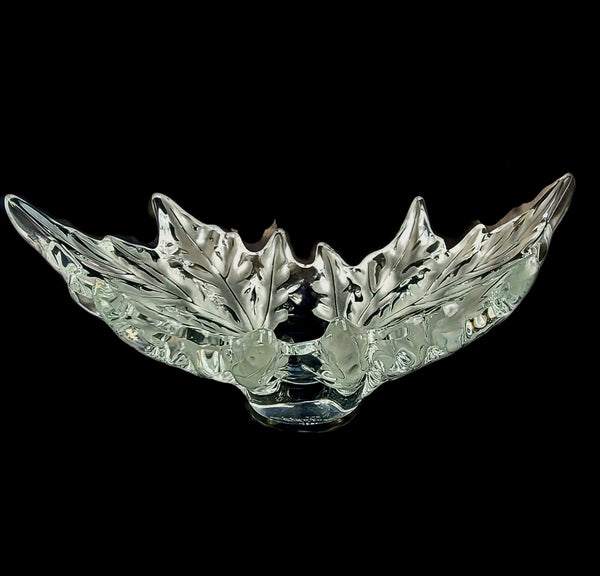How To Identify Fake Galle Cameo Glass

Galle was the son of a potter and furniture manufacturer born in France. Growing up he studied botany, drawing, and philosophy which is reflected in much of his work. He later studied glass making and went to work at his father's factory. Galle started out working on clear glass decorated in enamel, later coming up with his own style with plant motifs on cameo glass (cameo glass is made of fused colors of glass that are carved down to reveal other layers of glass, typically going from light or opaque to dark). As his work gained in popularity he reached international fame showing in the Paris Exhibition in both 1878 and a decade later in 1889. Galle died in 1904. Many pieces are marked with a star by his signature after his death. The factory in France closed in 1936. His pieces maintain their value and are highly collectible, but Galle glass has been one of the most popular makers to be reproduced and fakes abound everywhere. Taiwan is responsible for producing a lot of reproductions in the 1990's.
As always when learning about glass, get a feel for it and hold as many "authentic" pieces as possible to begin to recognize the weight and feel of each type of glass. Because there are so many fakes out on the market it is always recommended to work with a reputable dealer. You pay a little more, but at least you know you are working with an expert and someone that can guide you in making a safe purchase. If you choose to go it alone here are a few tips to guide you in purchasing authentic Galle glass. It is much like being a detective. Once you know what to look for you can collect enough evidence based on the clues below to prove if a piece is real or not and then back up your findings with the signature.
1. Don't rely on the signature alone to tell you if a piece is authentic or not. Look at the signature lastly to determine if it supports all the other evidence as you look over a piece of glass. This will help you avoid putting all the emphasis on the validity of the signature.
2. Look at the consistency of the glass. It should be consistent throughout in color and density. If there are streaks or blotches with inconsistencies in the glass, it is probably a fake.
3. Know the shapes of the pieces that Galle produced. Artists have certain shapes they are known for producing, making it easy to spot a reproduction.
4. Pieces marked "TIP" are reproductions. They were not made to deceive consumers as they are marked this way, but they do resemble Galle glass.
5. The rim on a Galle piece of glass will always be grounded to a rounded finish on the top that has been polished. Any piece grounded down to a flat rim is not likely to be authentic.
6. There are many variations of fake signatures. Probably the best clue is that newer reproductions are marked with a raised signature.
7. Watch the language. When someone describes a piece of glass watch for phrases like: "Galle style", "like Galle", they mean just that. Neither of those descriptions tell you it is Galle so don't be fooled.
8. The easy clue.....If the price is too good to be true....it probably is.
Lastly, as I always say, just because it is a not an authentic piece of Galle glass does not mean it is not desirable or collectible. Galle pieces can cost as much as $100,000. There is nothing wrong with buying a piece of glass that is not authentic as long as you don't pay the authentic price.
Leave a comment
Comments will be approved before showing up.




